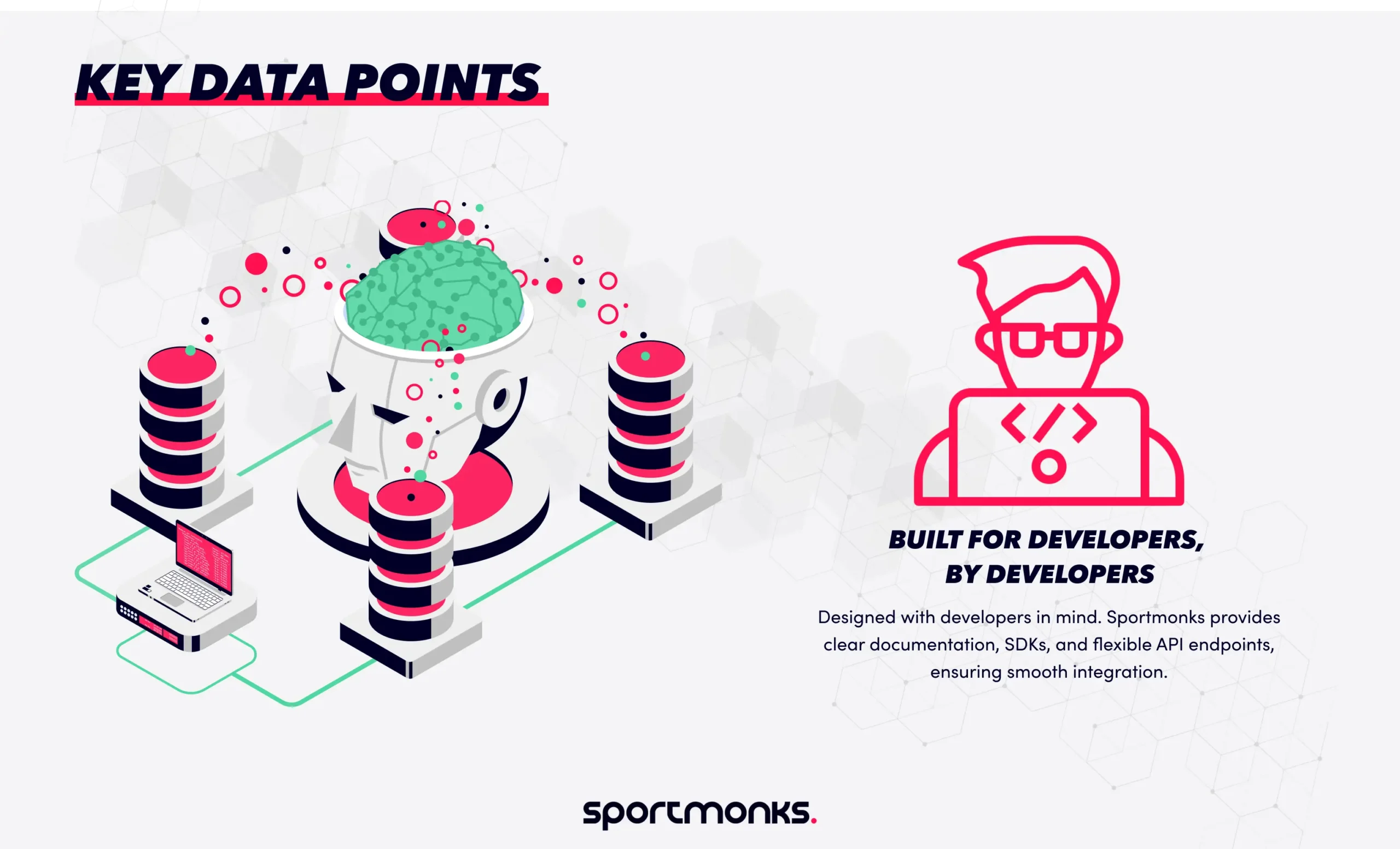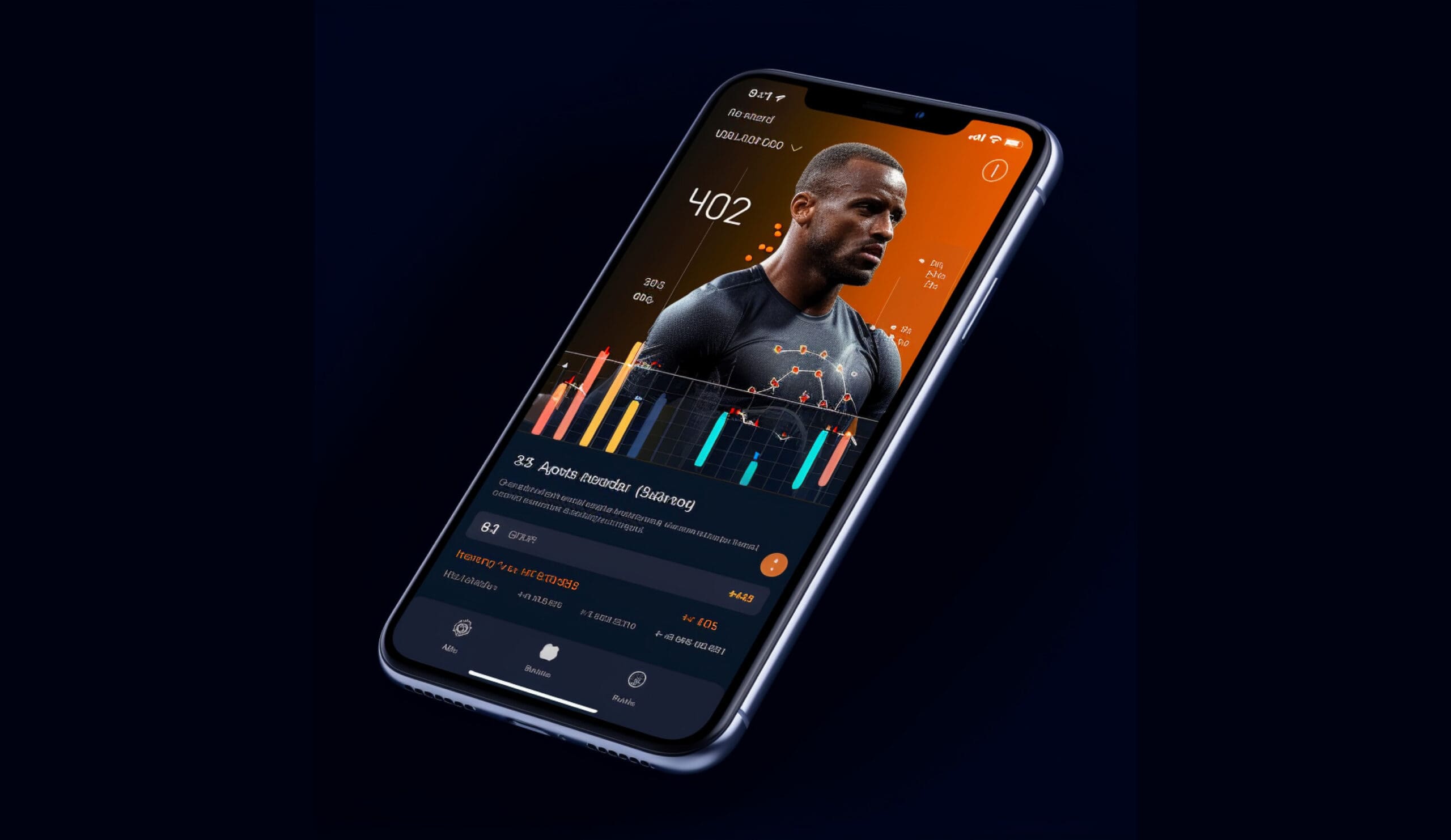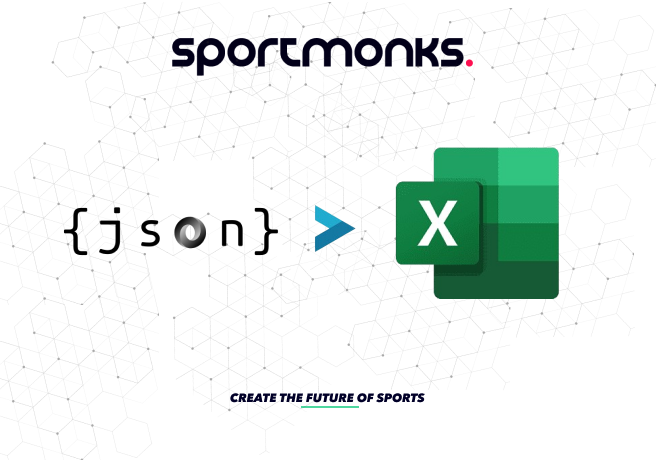
Contents
Importance of data in modern football
– Performance optimisation: Coaches and analysts use data to track player fitness, monitor workloads, and customise training programmes to suit individual needs.
– Strategic planning: In-depth analysis of opponents’ tactics and player tendencies allows teams to build targeted game plans and adapt strategies during matches.
– Talent identification and recruitment: Clubs rely on data-driven methods to scout and assess players, going beyond traditional observations by using detailed performance metrics.
– Fan engagement: Advanced statistics like expected goals (xG) and player heat maps enrich broadcasts and digital content, offering fans a deeper and more interactive viewing experience.
Fundamental performance metrics
In football, certain core statistics serve as the foundation for analysing player contributions and team effectiveness. These metrics include:
– Goals scored: The clearest indicator of offensive impact, this measures a player’s or team’s ability to convert chances into goals
– Assists: Awarded to the player who makes the final pass or action before a goal, assists showcase creativity, vision, and team play.
– Passing accuracy: Expressed as a percentage, this tracks how often a player or team successfully completes passes. High accuracy reflects control, composure, and effective ball distribution.
– Possession percentage: This measures the share of match time a team controls the ball. Higher values often indicate dominance and an ability to dictate the flow of the game.
– Shots on target: Counts the number of shots that force a save or are otherwise headed into the net. It reflects the attacking threat and the ability to challenge opposing goalkeepers.
– Shot accuracy: The percentage of shots that are on target. This is a key indicator of shooting precision and efficiency in front of goal.
– Key passes: These are passes that lead directly to a shot. They highlight a player’s playmaking abilities and their role in building attacking moves.
Advanced offensive metrics
Traditional stats don’t tell the whole story of a player’s attack. Advanced offensive metrics now show us the real quality of scoring chances, passes, and overall threat.
Expected goals (xG)
xG evaluates the quality of a shot by assigning it a probability (between 0 and 1) of resulting in a goal. It is calculated based on factors such as, shot distance and angle, type of assist, body part used, defensive pressure and positioning.
For example, a shot with an xG of 0.2 indicates a 20% chance of scoring. This metric helps assess a player’s finishing efficiency and a team’s ability to create high-quality chances.
Expected assists (xA)
xA measures the likelihood that a pass will lead to a goal, regardless of whether the goal was actually scored. It takes into account type and length of the pass, pass location and angle, defensive pressure on the receiver, positioning of teammates and defenders.
This metric offers a deeper insight into a player’s playmaking and creative effectiveness.
Expected threat (xT)
xT quantifies the value of ball progression by evaluating how actions increase the chance of a goal. It involves dividing the pitch into zones with varying threat levels, analysing passes, dribbles, and carries that move the ball into more dangerous areas and calculating the net change in scoring probability from those actions
xT highlights players who consistently progress play into threatening areas, even if they don’t directly assist or shoot.
Defensive and pressing metrics
To truly understand modern football defence, we now use advanced stats that show how teams break up attacks and win the ball back.
– Passes allowed per defensive action (PPDA): PPDA measures a team’s pressing intensity by calculating the number of passes the opposition is allowed before a defensive action occurs in their defensive 3/5ths. A lower PPDA means high pressing intensity, indicating that a team quickly pressures opponents. A higher PPDA reflects a more passive style, allowing opponents more control before intervening.
– Pressing intensity metrics: These advanced models go beyond PPDA by factoring in player positioning, movement speeds, and reaction times. One example is “time to intercept”, which estimates how quickly a defender can reach the ball carrier. This provides a more realistic view of pressing effectiveness, incorporating spatial and temporal dynamics of defensive pressure.
– Defensive actions: These are direct interventions to stop the opposition or regain possession, including tackles (attempts to win the ball from an opponent), interceptions (cutting off passes through anticipation and positioning), clearances (kicking or heading the ball away from danger), blocks (obstructing shots or passes), aerial duels won (successfully contesting the ball in the air) and ball recoveries (regaining loose balls or those deflected into space).
Each of these metrics contributes to a clearer picture of how effectively a team defends and presses across various match scenarios.
Physical and positional data
Because player movement and physical output are so key in modern football, advanced tracking technology now provides crucial insights for better training, smarter tactics, and injury prevention.
GPS tracking and distance metrics
GPS technology is extensively used to track player movement and physical output during matches and training. Key metrics include:
– Total distance covered: Measures how far a player runs in a match, typically 8,500 to 13,000 meters at the professional level.
– Speed zones: Categorises effort into phases like walking, jogging, running, and sprinting to better assess physical demands.
– Acceleration and deceleration: Tracks how quickly players start and stop, providing insight into agility and responsiveness. This data supports personalised training, load monitoring, and injury prevention strategies.
Heat maps
Heat maps are visual representations of where a player spends time on the pitch, derived from tracking technologies.
– Warm colours (Red/Orange): Highlight high-activity zones where a player is frequently involved.
– Cool colours (Blue/Green): Indicate less active areas of the field. Heat maps help coaches understand positional tendencies, support tactical planning, and assess role execution.
High-intensity runs and sprints
These metrics focus on short bursts of speed that reflect a player’s explosive strength and stamina.
– High-speed running (HSR): Movements between 19.8–25.2 km/h, used to evaluate sustained pace.
– Sprints: Movements exceeding 25.2 km/h, important for tracking top-end speed and decisive movement. These statistics aid in conditioning programmes, substitution timing, and evaluating position-specific physical demands
Tactical and team metrics
Modern football analysis now uses smart metrics to look beyond individual players, helping us understand how entire teams control games, create chances, and stick to their plans.
Field tilt
This is a valuable metric that measures a team’s territorial dominance by calculating the percentage of final third passes made compared to the total in the match. This helps analysts understand which team is controlling the attacking zones. For instance, if Team A completes 220 passes in the offensive third and Team B only 90, Team A’s field tilt would be around 71%, indicating a strong offensive inclination and the ability to apply sustained pressure in the opponent’s half.
Possession chains
This tracks uninterrupted sequences where a team maintains possession leading up to a shot or goal. This metric helps identify patterns in build-up play and evaluates the effectiveness of a team’s attacking strategies. By examining which sequences consistently lead to scoring chances, coaches and analysts can fine-tune tactics to replicate successful build-up patterns.
Build-up play metrics
This focuses on how effectively teams move the ball from their defensive third into the attacking third. These metrics assess various aspects of ball progression, such as the number of passes involved, the players participating in the build-up, and the speed at which the ball is advanced. For possession-oriented teams, understanding and optimising build-up metrics is essential to ensure their structured play consistently results in goal-scoring opportunities.
Recruitment and player evaluation metrics
Data has transformed how football clubs scout. With advanced metrics, teams can now deeply assess players and make smarter decisions in the transfer market.
Lidmark index
One such tool is the Lidmark index, an AI-driven metric developed by PlaymakerAI to measure a player’s consistency over time. Unlike traditional stats that may spotlight peak performances, the Lidmark Index evaluates how reliably a player maintains high performance across multiple matches. A higher index suggests greater dependability, making it particularly useful for clubs aiming to reduce the risks associated with fluctuating form.
Adjusted line yards (ALY)
Another important metric is Adjusted Line Yards (ALY), which helps distinguish the effectiveness of an offensive line from that of the running back during rushing plays. ALY assigns different weights to yardage gains, giving full value to runs of 0–4 yards, partial credit to longer gains, and emphasising losses, thereby offering a clearer picture of a line’s contribution. This is crucial for evaluating offensive line performance and shaping recruitment strategies and game plans.
Defence-adjusted value over average (DVOA)
Finally, defence-adjusted value over average (DVOA) offers a comprehensive measure of team efficiency by comparing each play’s success to the league average, while adjusting for opponent strength and contextual factors like down, distance, and field position. A positive DVOA indicates above-average effectiveness, while a negative one suggests the opposite. This metric is highly valuable in assessing overall team performance and identifying areas for tactical improvement.
Technological advancements in data collection
New technologies have changed football analytics. Teams now collect detailed data that helps them improve performance, plan tactics, and prevent injuries
Optical tracking systems
Optical tracking systems play a pivotal role in this transformation by using high-resolution cameras and computer vision algorithms to monitor player and ball movements in real time. These systems, such as TRACAB Optical, are known for their accuracy and low latency, capturing detailed data including player positions, velocities, and even skeletal movements. Platforms like Expected Goal further enhance tactical analysis by processing game footage to deliver precise tracking data. These technologies provide rich insights into spatial dynamics, positioning, and team formations, offering a level of understanding that was previously impossible without the ball and players being tagged.
Wearable technology
Wearable technology has also become a cornerstone of modern football analytics. Devices fitted with sensors like GPS trackers, accelerometers, and heart rate monitors are now standard tools for tracking physical performance and wellbeing. For example, Playermaker, a FIFA-certified wearable attached to a player’s boot, gathers data on ball touches, movement, and speed. Meanwhile, Footrax uses GPS to provide real-time metrics on sprint distances, acceleration, and overall workload. These tools enable coaches to create customised training programmes, monitor fatigue, and detect early signs of injury risk.
Artificial intelligence and machine learning
Artificial intelligence and machine learning further amplify football data capabilities by processing vast datasets to uncover meaningful patterns and make predictions. AI is used for predictive analytics, forecasting match outcomes, player performances, and even injury likelihoods based on both historical and real-time data. Additionally, AI-driven video analysis tools can automatically tag match footage, identifying key events like passes, tackles, or shots, making it easier for analysts to draw insights without manually reviewing hours of footage. This convergence of AI, tracking systems, and wearable tech is reshaping football decision-making across coaching, recruitment, and player health management.
Sportmonks: Powering football analysis with comprehensive data
For anyone in football analytics, having great data is key. Sportmonks delivers exactly that with its robust API, helping experts and businesses worldwide power their insights.
Extensive global coverage
Sportmonks’ football API boasts coverage of over 2,500 football leagues globally, having top-tier competitions like the Premier League, UEFA Champions League, and World Cup, as well as numerous lower-tier and regional leagues. This coverage gives users access to a wide array of data across different levels of the sport.
Rich data features
The API provides a multitude of data points essential for in-depth football analysis:
– Live scores and events: Real-time updates on goals, cards, substitutions, and VAR decisions.
– Fixtures and results: Comprehensive information on upcoming matches, historical results, and match schedules.
– Player and team statistics: Detailed stats including goals, assists, pass accuracy, and more.
– Lineups and formations: Insights into starting lineups, formations, and tactical setups.
– Odds and predictions: Access to betting odds and predictive models to assess match outcomes.
– Advanced metrics: Data on expected goals (xG), expected assists (xA), and other advanced analytics.
Developer-friendly integration
Designed with developers in mind, Sportmonks’ API offers:
– RESTful architecture: Simplifies the process of making requests and retrieving data.
– JSON responses: Ensures easy parsing and integration into various applications.
– Comprehensive documentation: Provides detailed guides and tutorials to assist in implementation.
– Flexible filtering: Allows users to request specific data tailored to their needs.
Versatile applications
The depth of data offered by Sportmonks make it suitable for various applications:
– Fantasy football platforms: Use real-time player stats to enhance user engagement.
– Betting and odds portals: Integrate live odds and predictive analytics for informed betting experiences.
– Media and broadcasting: Enrich content with live scores, statistics, and in-depth analysis.
– Club and team analysis: Support scouting, performance evaluation, and strategic planning with detailed data.
Flexible pricing plans
Sportmonks offers various subscription plans to cater to different needs:
– Free plan: Access to select leagues for testing and development purposes.
– European plan: Comprehensive data for major European leagues.
– Worldwide plan: Extensive coverage across global leagues.
– Enterprise plan: Customised solutions for large-scale requirements.
Fuel your football insights with real data
Modern football runs on more than just passion, it runs on data. From GPS tracking to AI-powered analytics, clubs, developers, and fans alike are using numbers to shape decisions and gain an edge. Whether you’re building performance dashboards, scouting tools, or engaging fan apps, you need reliable, flexible access to this data.
Sportmonks’ football API delivers the stats and structure behind smarter analysis. With global league coverage, real-time updates, advanced metrics like xG and xGoT, and seamless developer tools, you’re set to bring your vision to life.
Get started with Sportmonks today and turn deep football data into real-world insights.


